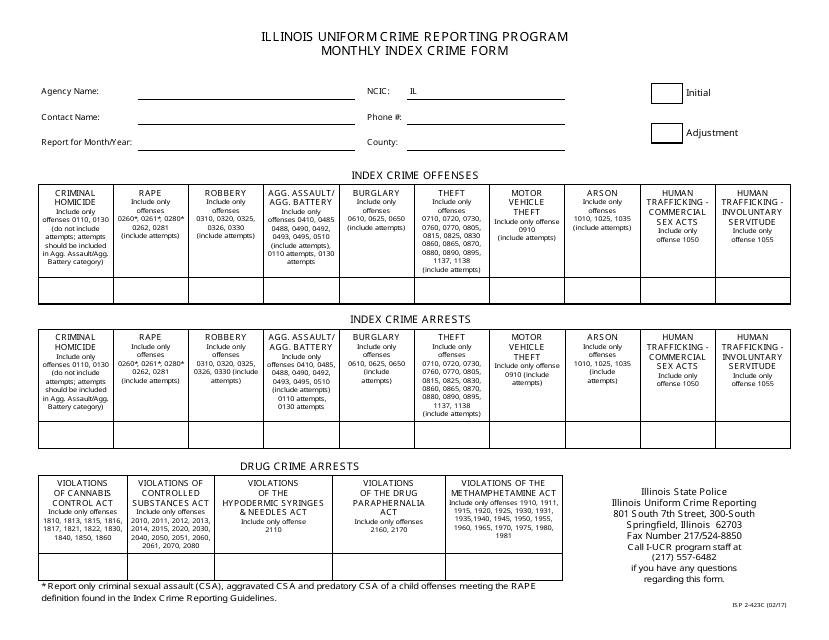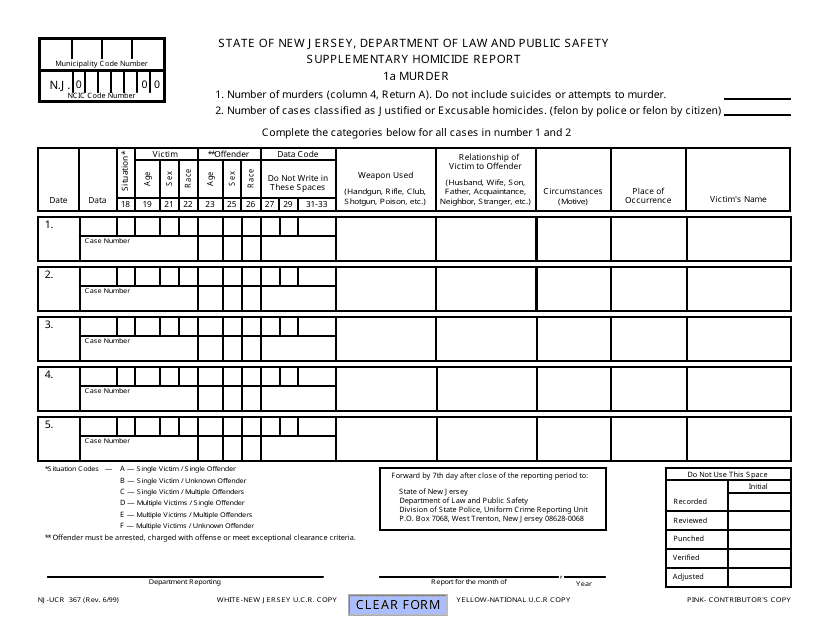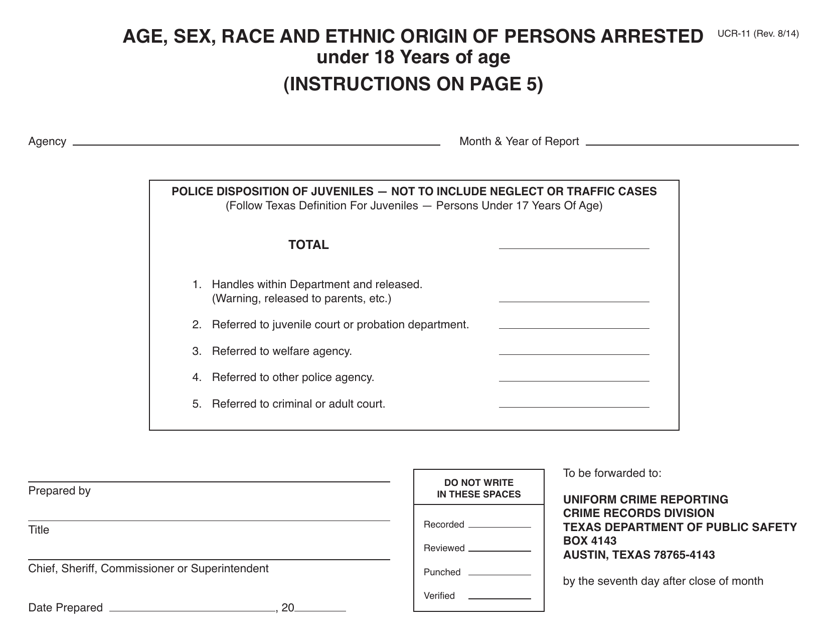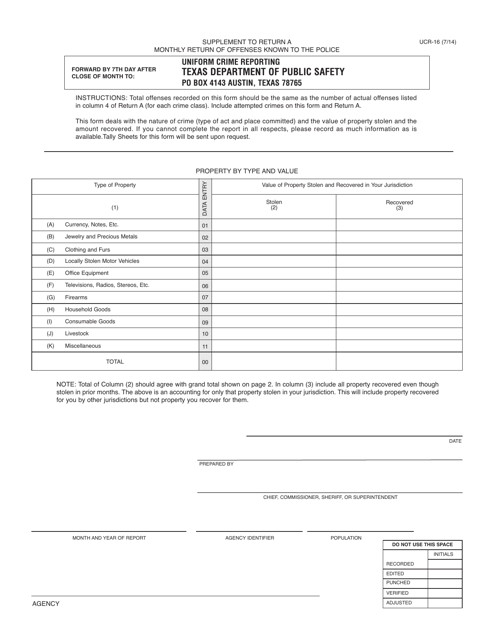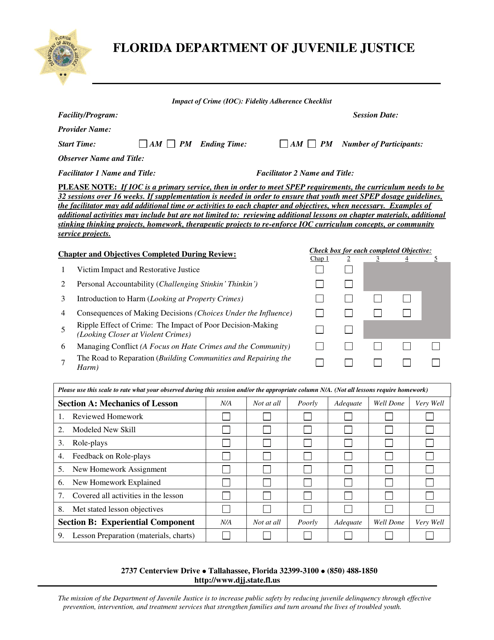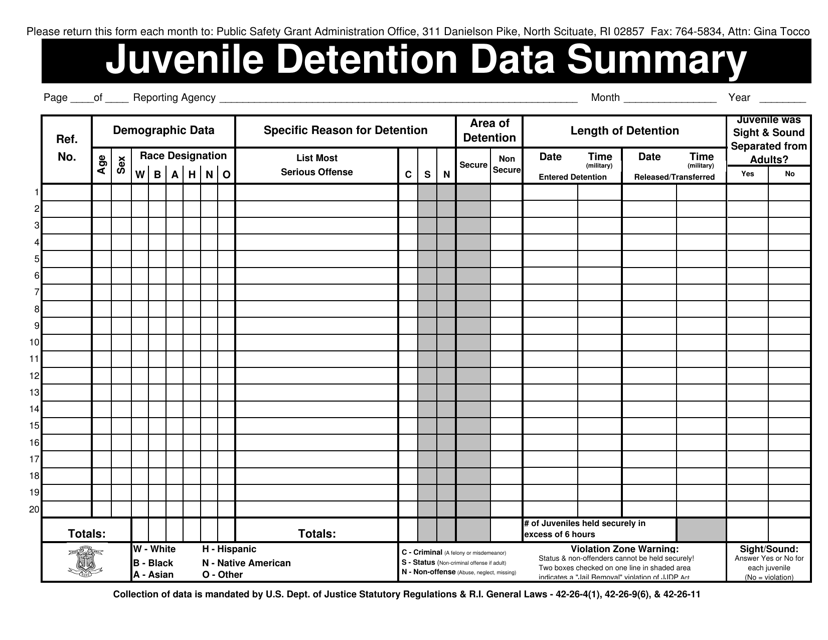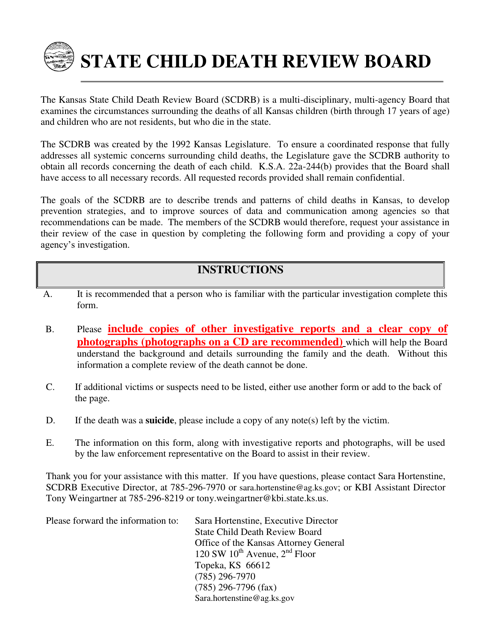Crime Statistics Templates
Crime statistics, also known as crime data or criminal records, refer to the compilation and analysis of information related to criminal activities in a particular jurisdiction. These statistics provide valuable insights into the prevalence, nature, and trends of various offenses committed within a given area.
By collecting and analyzing crime statistics, law enforcement agencies and policymakers can better understand the patterns and dynamics of crime, enabling them to develop effective strategies for crime prevention and law enforcement. These statistics are vital for identifying high-crime areas, allocating resources, and evaluating the impact of crime prevention initiatives.
Crime statistics encompass a wide range of information, including the types and frequency of crimes, offender characteristics, victim demographics, and geographical distribution of criminal activities. They are typically collected through multiple sources such as incident reports, arrest records, court documents, and victim surveys.
Governments, research institutions, and community organizations utilize crime statistics to gain a comprehensive understanding of criminal behavior and its impact on society. They play a crucial role in informing public policy, shaping criminal justice strategies, and supporting evidence-based decision-making.
For policymakers, crime statistics provide insights into the effectiveness of specific criminal justice interventions, helping them tailor policies to address the most pressing issues. Additionally, these data enable the assessment of social inequalities and disparities in crime rates, guiding efforts to promote fairness and reduce crime across communities.
Researchers and academics heavily rely on crime statistics for empirical analysis and studies on topics such as criminology, sociology, and public safety. By examining trends and patterns, researchers can investigate the underlying causes of crime, identify risk factors, and develop theories that contribute to a deeper understanding of criminal behavior.
Law enforcement agencies use crime statistics to identify emerging crime trends, allocate resources strategically, and establish benchmarks for performance evaluation. By monitoring changes in crime rates over time, agencies can assess the effectiveness of their crime prevention efforts and develop targeted interventions to ensure public safety.
In conclusion, crime statistics are a vital tool in understanding and addressing criminal behavior. They provide valuable insights to policymakers, researchers, and law enforcement agencies, enabling informed decision-making, evidence-based policies, and effective crime prevention strategies.
Documents:
10
This form is used for reporting monthly index crime data for the Uniform Crime Reporting Program in the state of Illinois.
This form is used for reporting supplementary information regarding homicides and murder cases in the state of New Jersey.
This Form is used for collecting information on the age, sex, race, and ethnic origin of persons arrested in Texas who are under 18 years of age.
This form is used for submitting a monthly report of offenses known to the police in Texas. It serves as a supplement to the main return form URC-16.
This checklist is used in Florida to assess fidelity adherence in the Impact of Crime (IOC) program.
This document is used for reporting domestic offenses in Illinois as part of the Illinois Uniform Crime Reporting Program.
This form is used for reporting supplementary information about homicides in New York. It is an official document used by law enforcement agencies to gather detailed data and statistics related to homicide cases in the state.
This document provides a summary of the juvenile detention data in Rhode Island. It presents key statistics and trends related to the number of juveniles in detention, their demographic information, and the types of offenses they have been charged with. It is a valuable resource for policymakers, researchers, and anyone interested in understanding the juvenile justice system in Rhode Island.
This document is a zero report specifically for South Carolina. It is used to report no activity or zero amounts for certain taxes or obligations in the state.
This document provides a summary of law enforcement activities in the state of Kansas. It includes information about crime rates, arrests, and other relevant law enforcement data.

